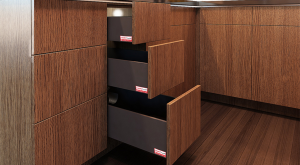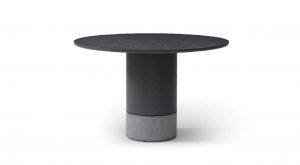Featured Post
DIY Furniture Repair: Simple Fixes for Common Problems
Overview
This article provides a comprehensive guide to DIY furniture repair, offering simple fixes for common problems. From loose joints to scratches and upholstery maintenance, learn how to keep your furniture in top shape with easy-to-follow tips and techniques.
Introduction: The Importance of Furniture Maintenance
Furniture is a big part of our homes. It gives us comfort and makes our spaces useful. But over time, it can wear out. Loose joints, scratches, and damaged upholstery are common issues. Fixing these problems yourself can save money and keep your furniture looking great. This guide shares simple DIY furniture repair tricks to help you maintain your beds, chairs, and tables.
Common Furniture Problems and Their Fixes
Loose Joints
Loose joints often happen in wooden furniture like chairs or bed frames. They make the piece shaky and unsafe. Luckily, you can fix them easily at home.
-
Wood Glue: Take the joint apart if you can. Spread wood glue on both sides and press them together. Use a clamp to hold it tight until the glue dries—usually a few hours.
-
Screws or Dowels: For extra strength, drill a small hole and add a screw or wooden dowel. This works well for bigger furniture like tables.
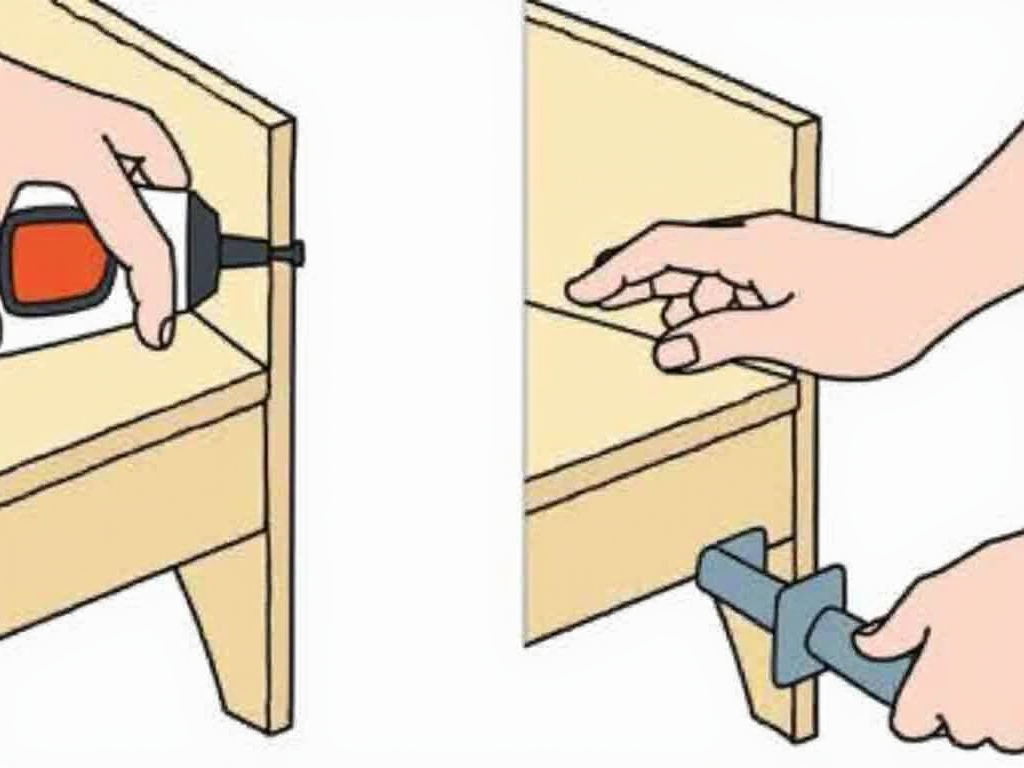
Scratches and Dents
Wooden furniture gets scratched or dented from daily use. These flaws can make your pieces look old. Here’s how to fix them:
-
Touch-Up Markers: Grab a marker that matches your wood color. Draw over small scratches to hide them. It’s quick and easy.
-
Wax Sticks: For deeper scratches, rub a wax stick into the spot. Wipe off extra wax to smooth it out.
-
Steam for Dents: Lay a damp cloth over a dent. Press a hot iron on it for a few seconds. The steam lifts the wood back up.

Upholstery Issues
Upholstered furniture like sofas or chairs can tear or stain. These fixes keep them looking good:
-
Patching Tears: For small rips, use a needle and thread that matches the fabric. Stitch it up or use a fabric patch. Bigger tears might need new fabric altogether.
-
Cleaning Stains: Mix water with a little mild soap. Dab the stain gently with a cloth. Test it in a hidden spot first.
-
The Definitive Guide to Upholstery Maintenance: Vacuum your furniture weekly. Spot clean spills right away to stop stains from setting.
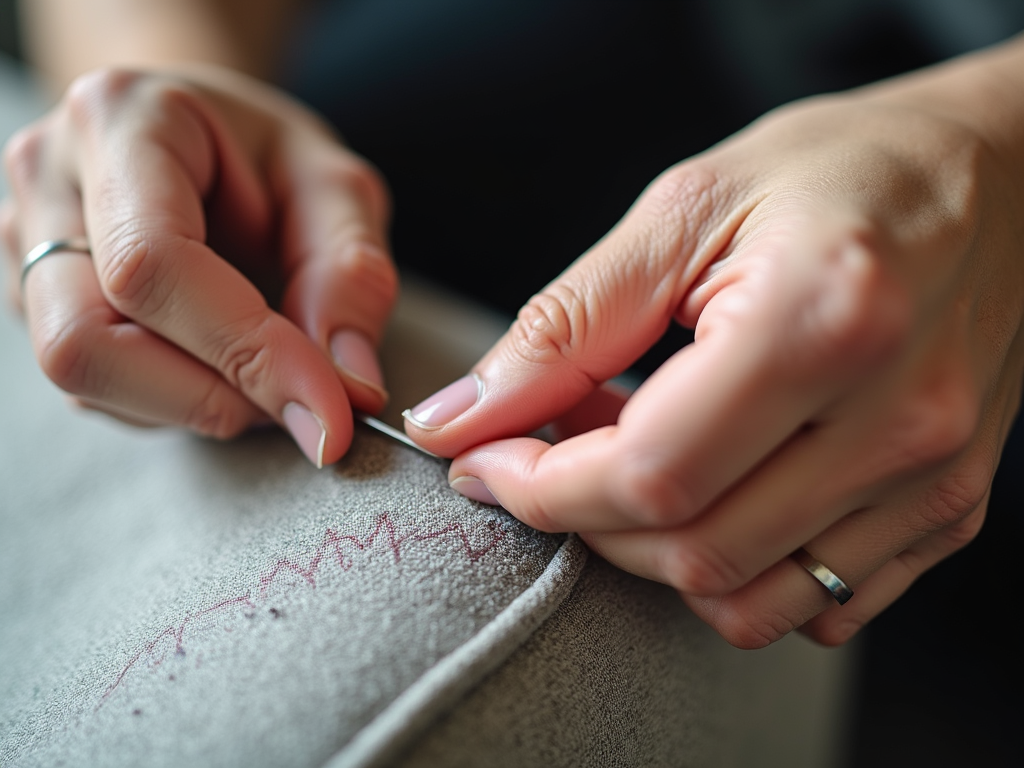
Wobbly Furniture
Wobbly chairs or tables can drive you crazy. They might even tip over. Try these steps:
-
Tighten Screws: Flip the piece over. Use a screwdriver to tighten every screw or bolt you see.
-
Add Braces: Screw small metal corner braces into the joints. They give extra support.
-
Replace Parts: If a leg is cracked or worn, swap it out for a new one from a hardware store.

Squeaky Bed Frames
A squeaky bed keeps you up at night. Silence it with these fixes:
-
Lubricate Joints: Spray WD-40 or rub soap on metal joints where parts rub together.
-
Tighten Bolts: Use a wrench to make sure all bolts are snug.
-
Add Padding: Stick felt pads or rubber washers between moving parts to stop the noise.
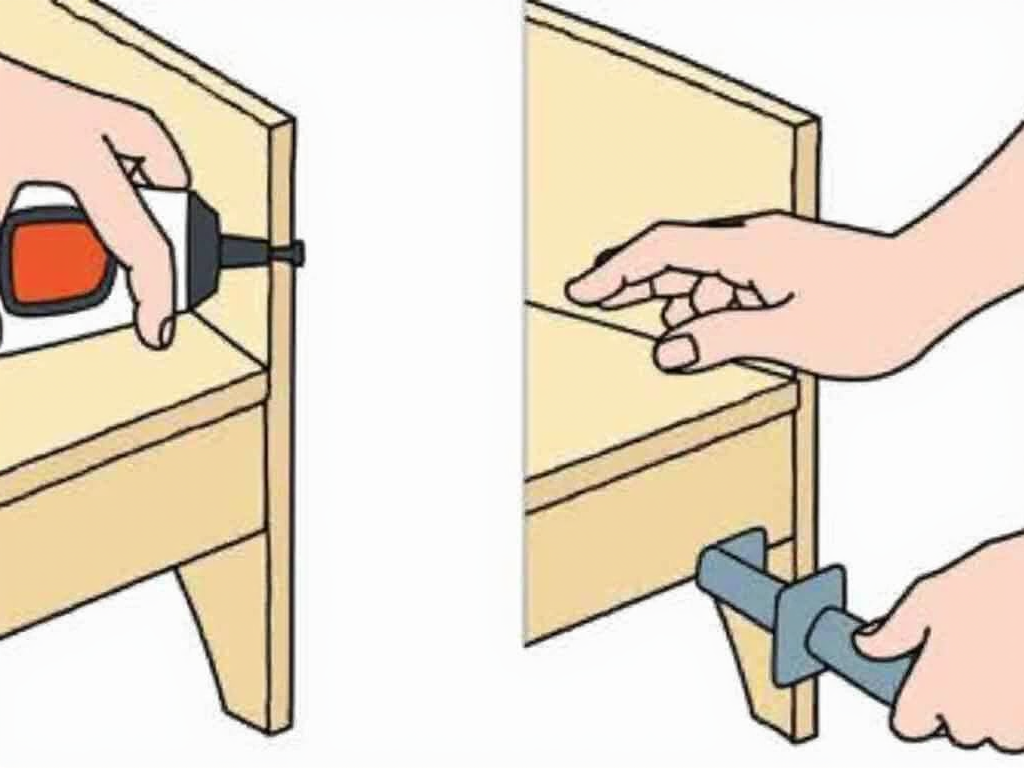
Preventive Maintenance Tips
Good care stops problems before they start. Here are furniture care tips for long-lasting quality:
-
Use Coasters: Put coasters under drinks and hot plates. They stop water rings and burns.
-
Keep Out of Sun: Sunlight fades wood and fabric. Move furniture or use curtains to block rays.
-
Clean Often: Dust with a soft cloth weekly. Use the right cleaner for wood or fabric.
-
Flip Cushions: Rotate sofa or chair cushions every few months so they wear evenly.

Personal Experience: Bringing an Old Chair Back to Life
A few years ago, I picked up an old wooden chair from a yard sale. It wobbled, and the finish was scratched. I took it apart and glued the loose joints with wood glue, letting it sit overnight with clamps. Then I colored the scratches with a marker and added a coat of varnish. It took a weekend, but now it’s steady and shines like new. That chair taught me anyone can fix furniture with some patience and basic tools.

Summary
DIY furniture repair is an easy way to save money and keep your pieces looking great. Fix loose joints, scratches, or squeaky beds with simple tools and steps. Add regular care, and your furniture will last for years. Start small, and you’ll be amazed at what you can do.







